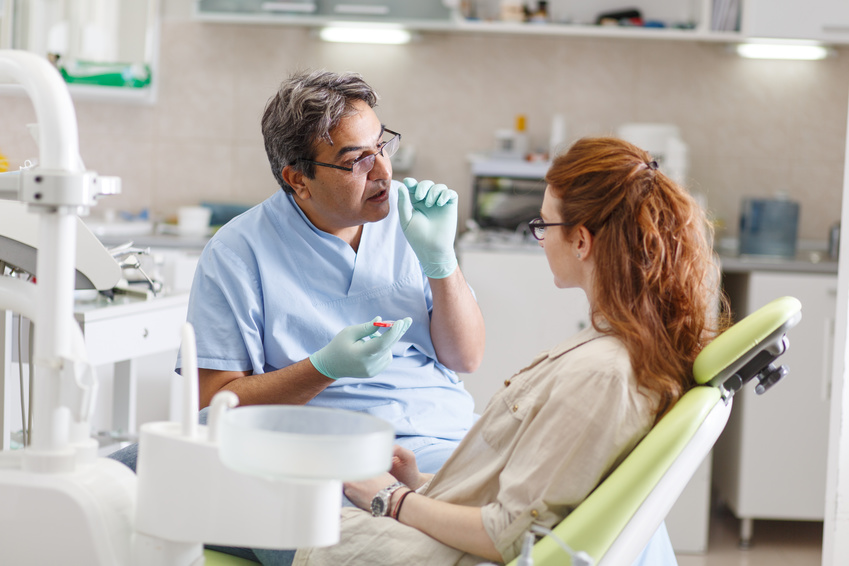What Is Sedation Dentistry And Is It Right For Me?

You may have heard of it, but you don’t know what it is — sedation dentistry. Luckily, the name is in the title: it involves a dental patient being sedated before they undergo a dental procedure, like receiving implants or getting crown fillings. Here are the ins and outs of sedation surgery.
When it’s used
While modern dentistry doesn’t usually trigger pain in an individual, an invasive oral surgery can make the average American anxious. In fact, nearly 15% of Americans are afraid to go to the dentist, whether it’s general dentistry, cosmetic procedures, or just a trip to your local dentist.
This surgery technique uses sedation at a level that makes the patient feel comfortable: you can be completely sedated with deep IV sedation, or you can opt for a more mild nitrous oxide.
Types of sedation
Nitrous oxide is more commonly known as laughing gas. Once you’re administered the gas, you’ll stay awake, but you’ll be more relaxed during the procedure. It’s a mild form of sedation so you can drive home shortly after your procedure once the effects wear off.
Oral sedation is a medicinal pill of Halcion or Valium. This pill is designed to make you stay awake, but you might slip into a doze through your procedure. You’re unlikely to remember the procedure the following day, but you’ll still be able to respond to your dentist during the procedure. This form of sedation will also make you groggy, so you need a ride to and from the dentist.
IV sedation is the perfect option for those who want to sleep throughout the entirety of the procedure. This is used for the most anxious cases. The patient is administered the IV sedation which is then monitored by a certified anesthesiologist to ensure your safety during the procedure. You’ll also need a ride home after this one.
Is it right for me?
In every case, the area being performed upon will likely be numbed with novocaine in addition to the sedative. If you’re the type of individual who prefers to take full advantage of the day, you might want to opt for non-sedation dentistry — it’s likely you’ll have to recover following a sedated procedure.
Whether you’re getting shiny new veneers, dental implants, or a simple filling, sedation dentistry is a great option to ease the anxious nerves of any patient.

